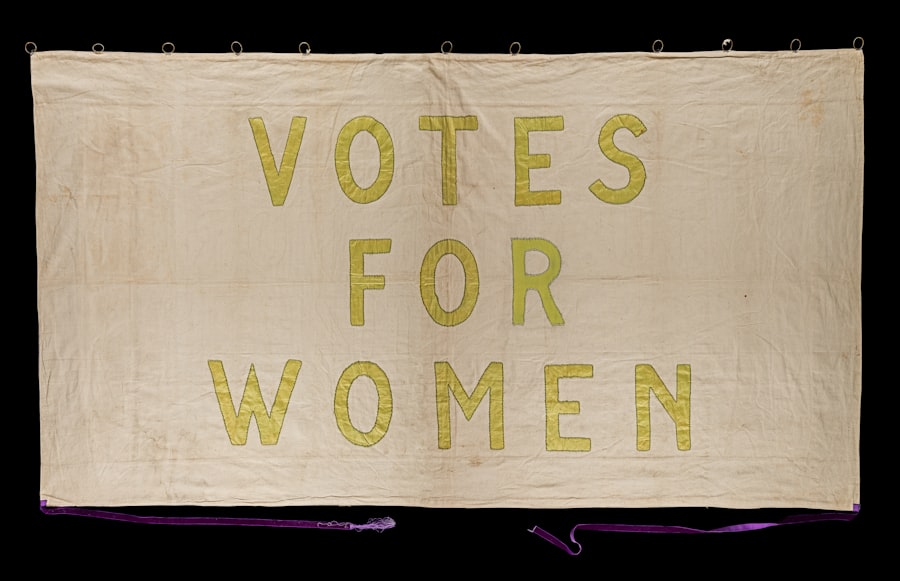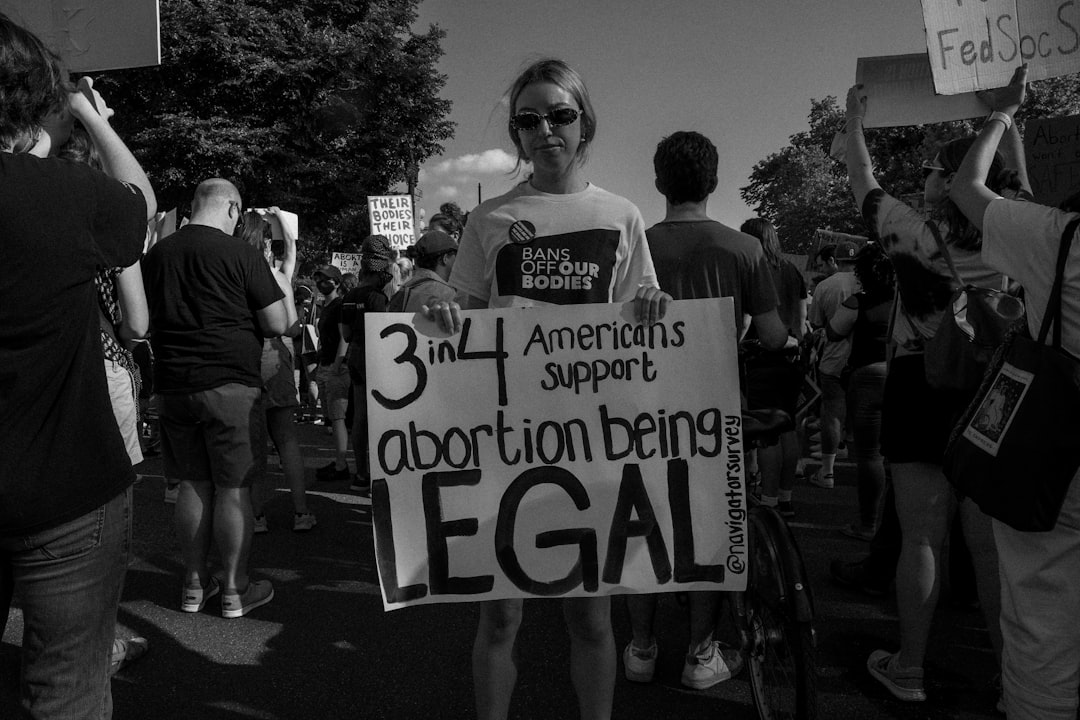The constitutional rights of women represent a critical aspect of the broader human rights discourse, encapsulating the legal frameworks that protect and promote gender equality. These rights are enshrined in various national constitutions and international treaties, reflecting a commitment to ensuring that women enjoy the same legal protections and opportunities as men. The recognition of women’s rights as human rights has evolved over time, influenced by social movements, legal reforms, and changing societal attitudes toward gender roles.
This evolution underscores the importance of constitutional rights in safeguarding women’s dignity, autonomy, and participation in public life. Women’s constitutional rights encompass a wide range of issues, including but not limited to reproductive rights, equal pay, protection against gender-based violence, and the right to participate in political processes. These rights are not merely theoretical; they have profound implications for women’s lives and their ability to contribute to society.
The struggle for these rights has been marked by significant achievements as well as ongoing challenges, highlighting the need for continued advocacy and vigilance in the face of persistent inequalities. Understanding the historical context and current debates surrounding women’s constitutional rights is essential for grasping the complexities of gender justice today.
Key Takeaways
- Women’s constitutional rights are essential for ensuring gender equality and protection from discrimination.
- The historical development of women’s constitutional rights has been marked by struggles for suffrage, reproductive rights, and equal treatment under the law.
- Debates surrounding women’s constitutional rights often center on issues such as abortion, equal pay, and representation in political and corporate leadership.
- Key landmark cases and legislation, such as Roe v. Wade and the Equal Pay Act, have significantly shaped women’s constitutional rights in the United States.
- Intersectionality, or the interconnected nature of social categorizations such as race, class, and gender, plays a crucial role in understanding and advocating for women’s constitutional rights. The future of women’s constitutional rights will likely involve continued efforts to address intersectional discrimination and ensure equal rights and opportunities for all women.
Historical Development of Women’s Constitutional Rights
The historical development of women’s constitutional rights can be traced back to the suffrage movements of the late 19th and early 20th centuries, which sought to secure voting rights for women. In many countries, these movements were pivotal in challenging the prevailing legal norms that relegated women to subordinate roles in society. For instance, the Seneca Falls Convention in 1848 marked a significant turning point in the United States, where activists like Elizabeth Cady Stanton and Lucretia Mott articulated demands for women’s rights, including suffrage.
This early advocacy laid the groundwork for subsequent legal reforms that would eventually lead to constitutional amendments granting women the right to vote. As the 20th century progressed, the focus of women’s rights activism expanded beyond suffrage to encompass a broader array of issues related to equality and justice. The post-World War II era saw the establishment of international frameworks aimed at promoting gender equality, most notably the Universal Declaration of Human Rights in 1948.
This document asserted that all human beings are entitled to fundamental rights and freedoms without discrimination based on sex. Subsequent treaties, such as the Convention on the Elimination of All Forms of Discrimination Against Women (CEDAW) adopted in 1979, further solidified the international commitment to women’s rights, urging nations to eliminate discrimination and promote equality through legislative measures.
Debates Surrounding Women’s Constitutional Rights

The discourse surrounding women’s constitutional rights is often characterized by intense debates that reflect differing ideological perspectives on gender equality. One prominent debate centers on the interpretation of constitutional provisions related to equality and non-discrimination. Advocates argue that constitutions should explicitly guarantee equal rights for women, while opponents may contend that existing provisions are sufficient and that additional measures could undermine traditional family structures or cultural norms.
This tension between progressive legal interpretations and conservative viewpoints often shapes legislative agendas and judicial decisions. Another significant debate involves the intersection of women’s rights with issues such as reproductive health and bodily autonomy. In many jurisdictions, laws governing reproductive rights remain contentious, with advocates pushing for greater access to healthcare services while opponents seek to impose restrictions based on moral or religious grounds.
The implications of these debates extend beyond individual choice; they raise fundamental questions about state authority over personal decisions and the extent to which governments should intervene in matters of private life. As societal attitudes evolve, these debates continue to influence public policy and legal frameworks related to women’s constitutional rights.
Key Landmark Cases and Legislation
Throughout history, several landmark cases and pieces of legislation have played a crucial role in shaping women’s constitutional rights. In the United States, one notable case is Roe Wade (1973), where the Supreme Court recognized a woman’s right to choose an abortion under the right to privacy implied by the Constitution. This decision not only affirmed reproductive rights but also set a precedent for subsequent cases involving personal autonomy and bodily integrity.
Roe Wade remains a focal point in ongoing debates about reproductive health, illustrating how judicial interpretations can have lasting impacts on women’s rights. Internationally, legislation such as CEDAW has been instrumental in promoting gender equality across various nations. CEDAW obligates signatory countries to take appropriate measures to eliminate discrimination against women in all areas of life, including political participation, education, employment, and healthcare.
The implementation of CEDAW has led to significant legal reforms in many countries, resulting in improved access to education and healthcare for women. However, challenges remain in ensuring compliance with these international standards, as cultural attitudes and local practices often hinder progress toward full gender equality.
Intersectionality and Women’s Constitutional Rights
The concept of intersectionality is vital for understanding the complexities of women’s constitutional rights in a diverse society. Coined by legal scholar Kimberlé Crenshaw, intersectionality emphasizes that individuals experience overlapping forms of discrimination based on various social identities, including race, class, sexuality, and disability. This framework highlights that women’s experiences are not monolithic; rather, they are shaped by multiple factors that influence their access to rights and resources.
For instance, women of color often face unique challenges that differ from those encountered by white women due to systemic racism intertwined with sexism. In many cases, policies designed to promote gender equality may inadvertently overlook or exacerbate these intersecting inequalities. For example, discussions around reproductive rights may not adequately address the specific needs of marginalized communities who may lack access to healthcare services or face additional barriers due to socioeconomic status.
Recognizing intersectionality is essential for crafting inclusive policies that address the diverse realities faced by all women and ensure that constitutional protections are meaningful across different contexts.
The Future of Women’s Constitutional Rights

Looking ahead, the future of women’s constitutional rights will likely be shaped by ongoing social movements advocating for gender equality and justice. The rise of global movements such as #MeToo has brought renewed attention to issues like sexual harassment and violence against women, prompting calls for stronger legal protections and accountability mechanisms.
Moreover, technological advancements present both opportunities and challenges for women’s constitutional rights. The digital age has facilitated new forms of activism and advocacy, allowing women to mobilize around issues more effectively than ever before. However, it has also given rise to concerns about online harassment and privacy violations that disproportionately affect women.
As societies grapple with these complexities, it will be crucial to ensure that legal frameworks evolve in tandem with technological developments to protect women’s rights in all spheres of life. In conclusion, while significant progress has been made in advancing women’s constitutional rights over the past century, much work remains to be done. The interplay between historical developments, ongoing debates, landmark cases, intersectionality, and future challenges will continue to shape the landscape of women’s rights globally.
As advocates push for greater equality and justice, it is imperative that legal systems adapt to reflect the diverse needs and experiences of women everywhere.
In exploring the constitutional rights of women, it is essential to consider the broader context of social justice and equality, particularly in education. An article that delves into these themes is Education Inequalities and Social Justice: Exploring the Concept of Equality of Educational Opportunity.
Understanding these dynamics is crucial for comprehending the historical and ongoing debates surrounding women’s rights and their constitutional protections.
FAQs
What are the constitutional rights of women?
The constitutional rights of women refer to the legal rights and protections guaranteed to women under the constitution of a country. These rights may include the right to vote, the right to equal treatment under the law, and the right to reproductive freedom, among others.
What is the history of constitutional rights for women?
The history of constitutional rights for women varies by country, but generally, women have had to fight for their rights over the centuries. In the United States, for example, women’s suffrage was not guaranteed until the 19th Amendment was ratified in 1920. Other countries have had similar struggles for women’s rights.
What are some debates surrounding the constitutional rights of women?
Debates surrounding the constitutional rights of women often center on issues such as reproductive rights, equal pay, and gender discrimination. Some people argue that women’s rights are already adequately protected under the law, while others believe that more legal protections are needed to ensure gender equality.






















+ There are no comments
Add yours